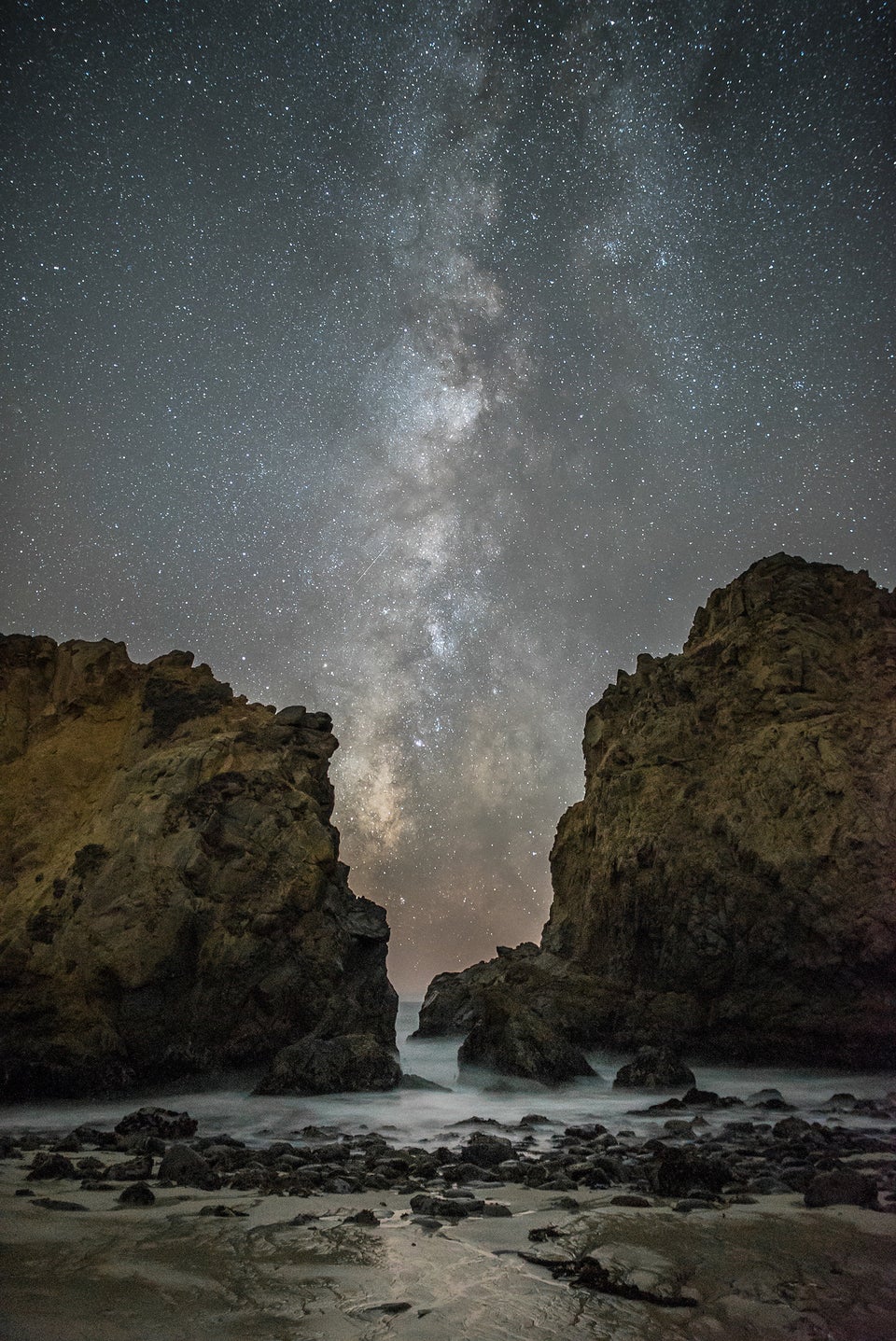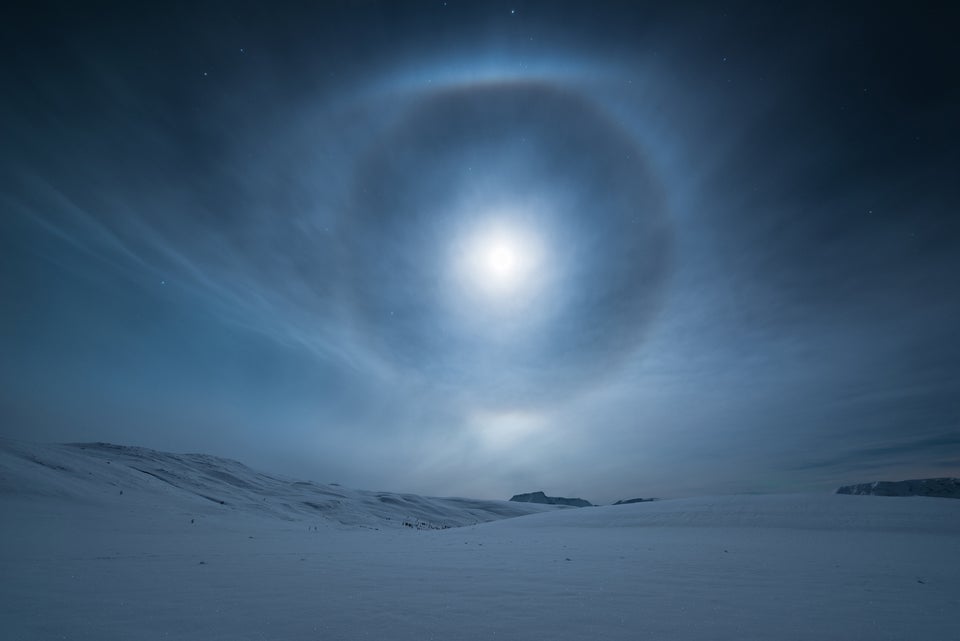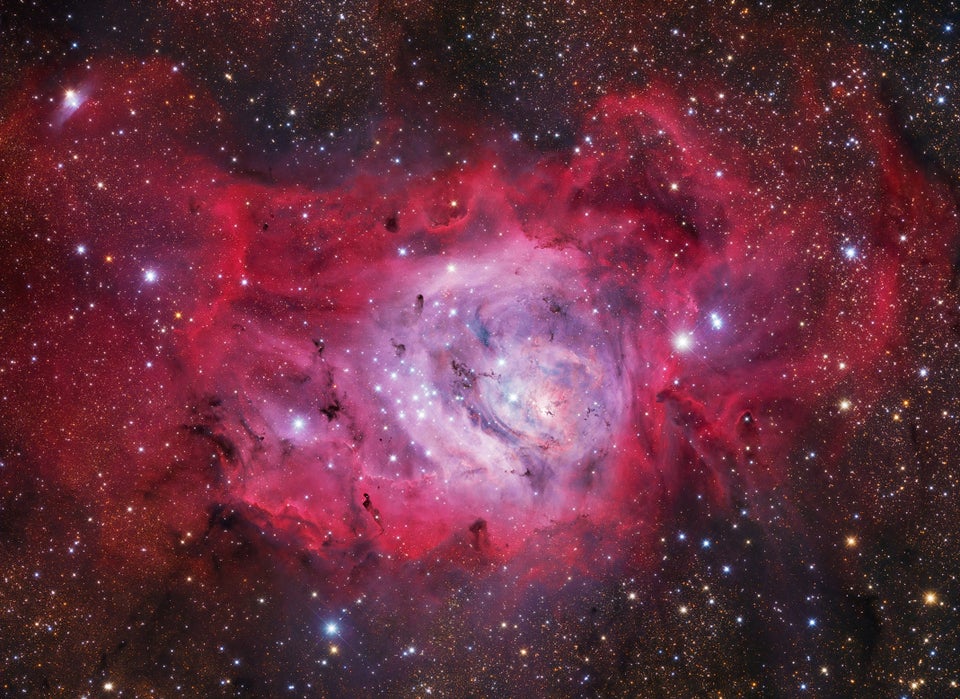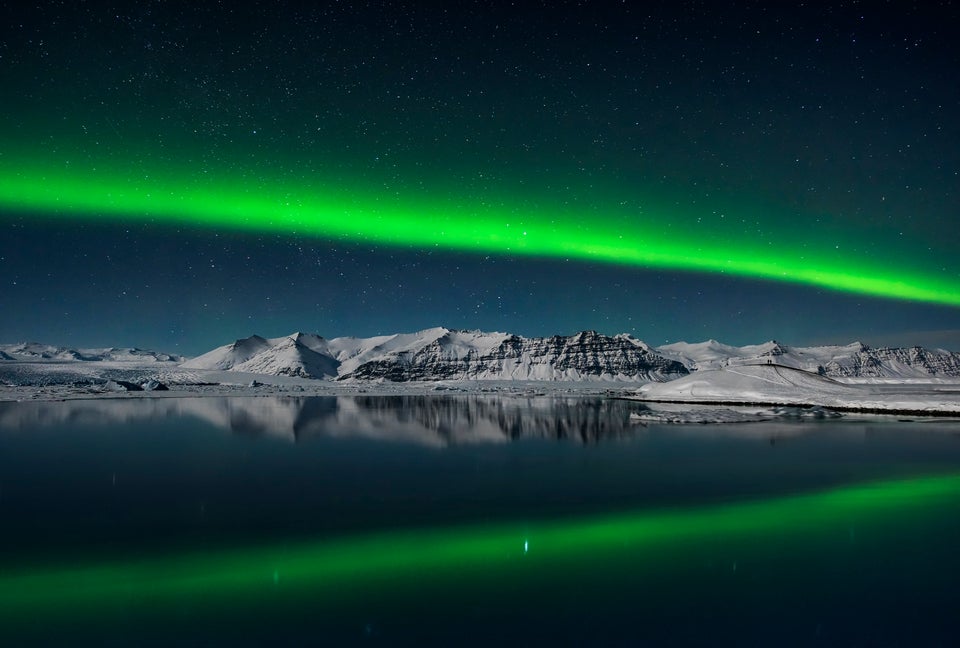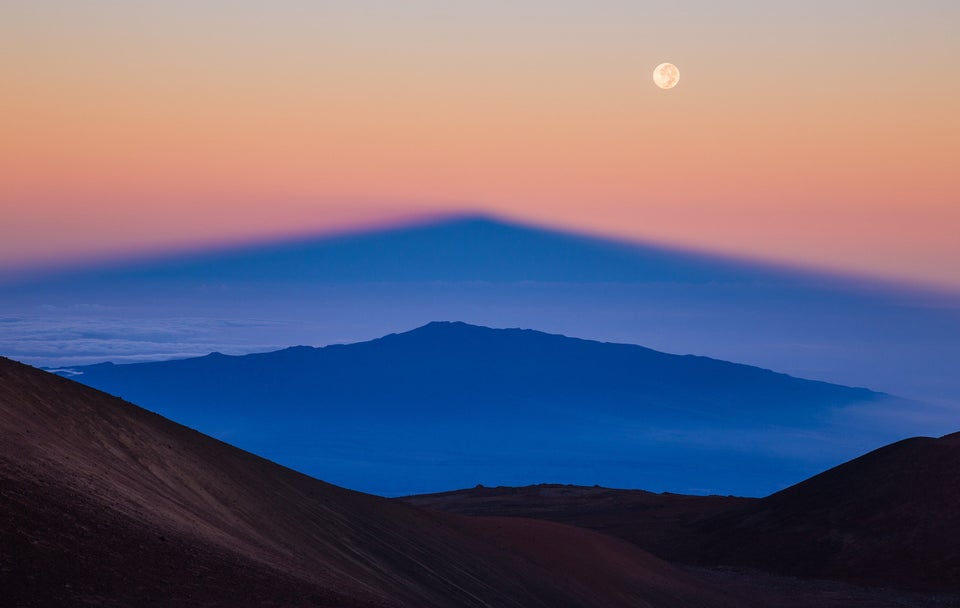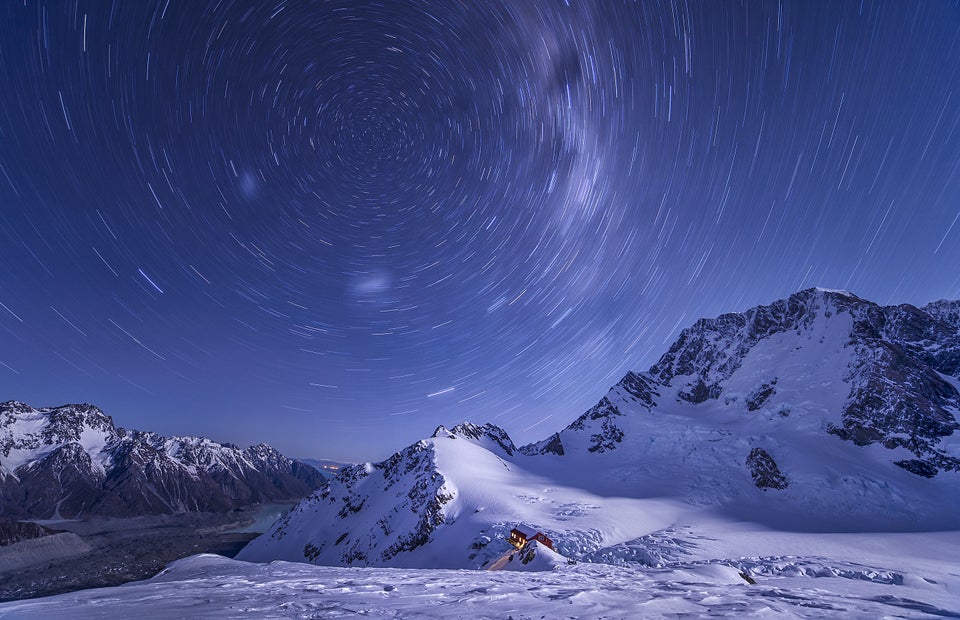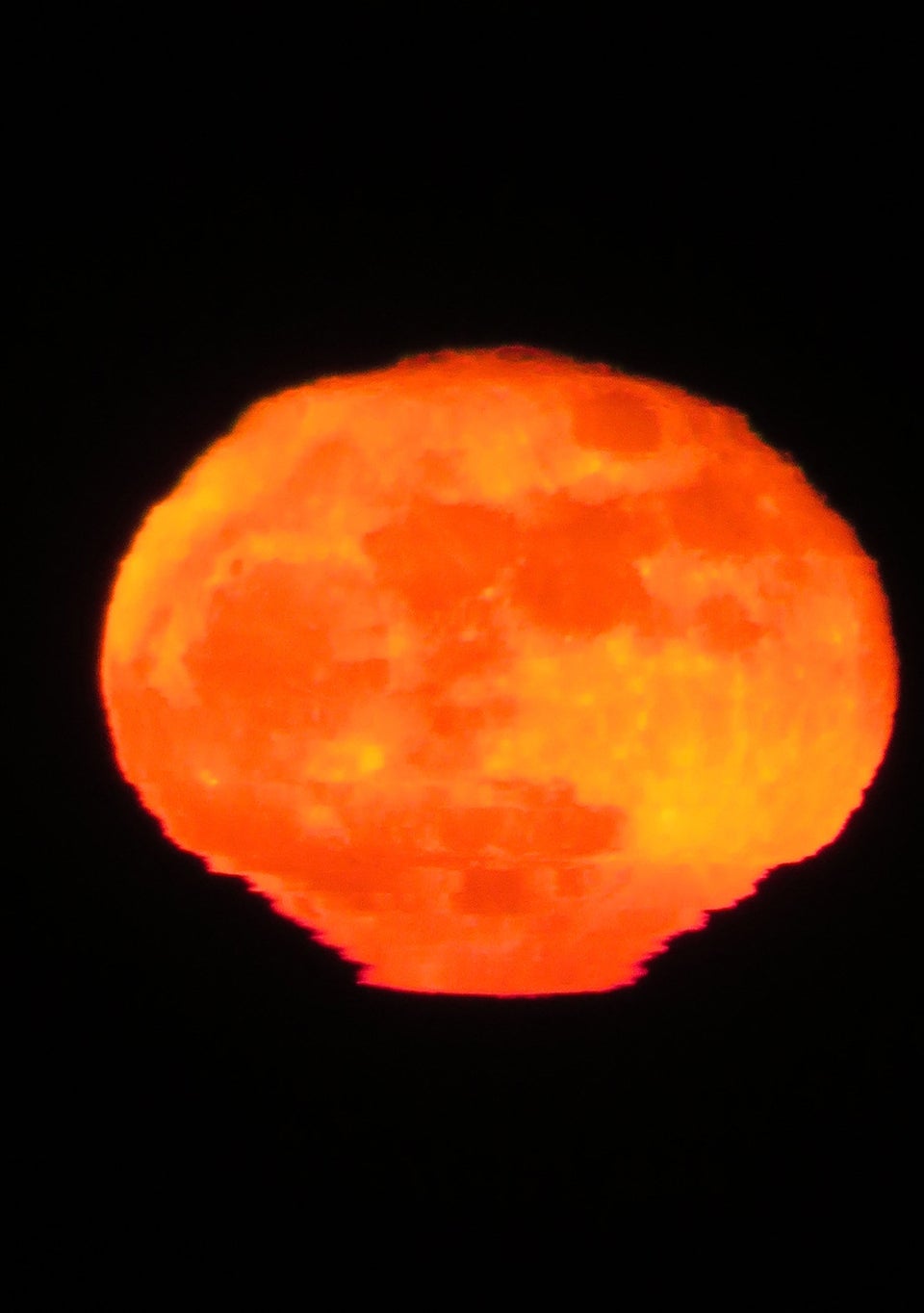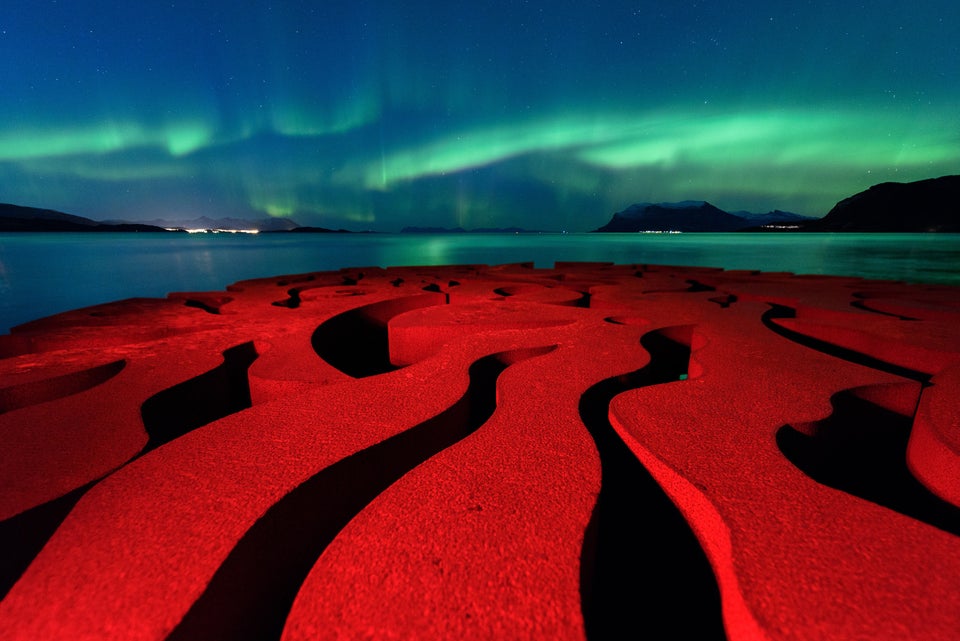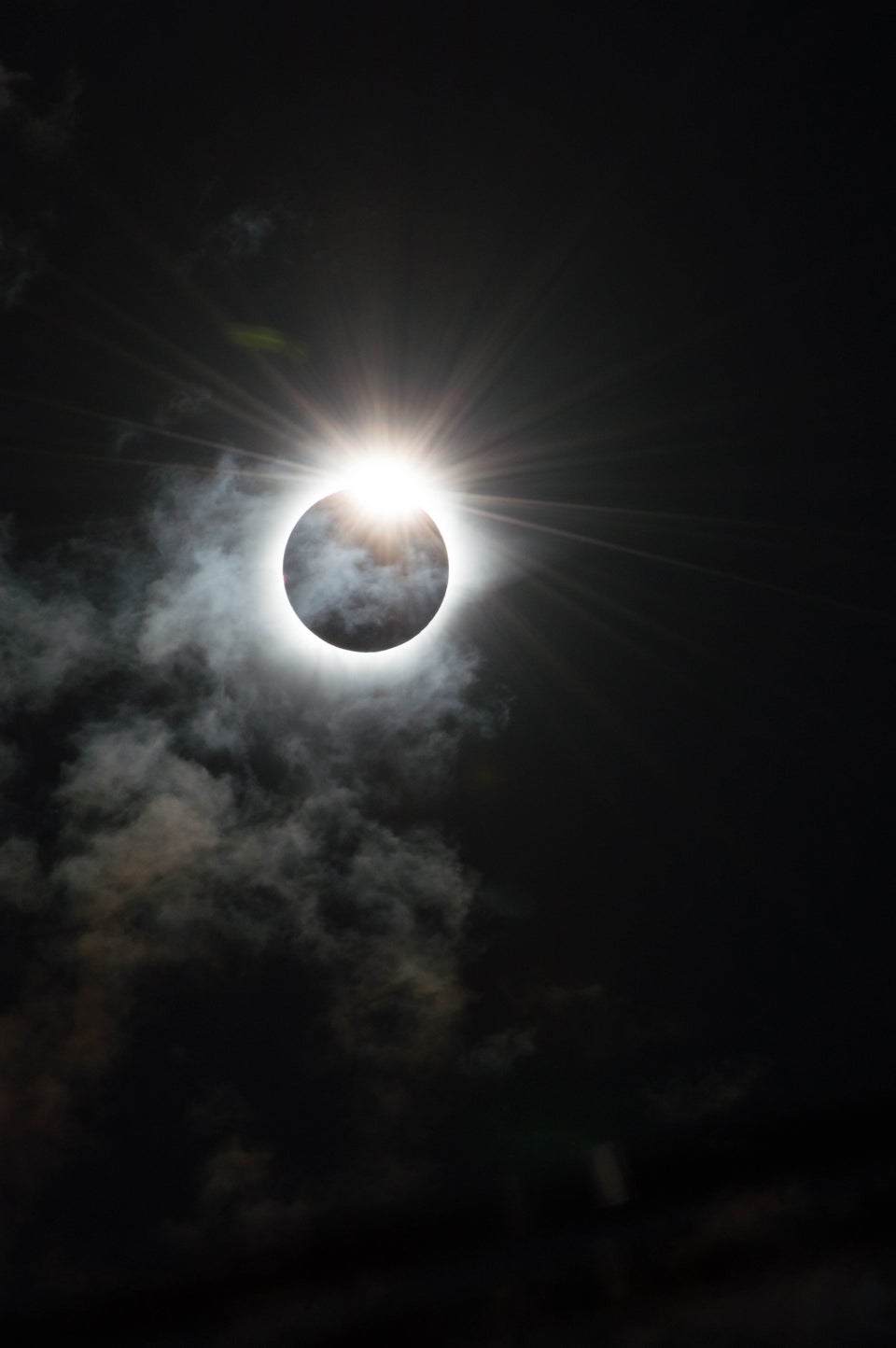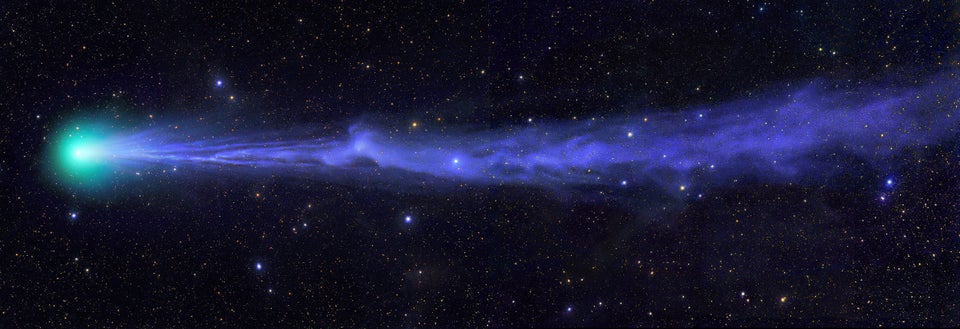NASA’s Curiosity rover has been exploring Mars for over four years now, which when you think about it is a truly remarkable achievement.
Since its landing in 2012 it has done some incredible things from proving that conditions on Mars could have allowed life to exist, to giving us an unprecedented view of the Martian landscape that could never have been seen otherwise.
Despite all of that though it may shock you to know that in all that time, Curiosity has travelled less than the width of London.
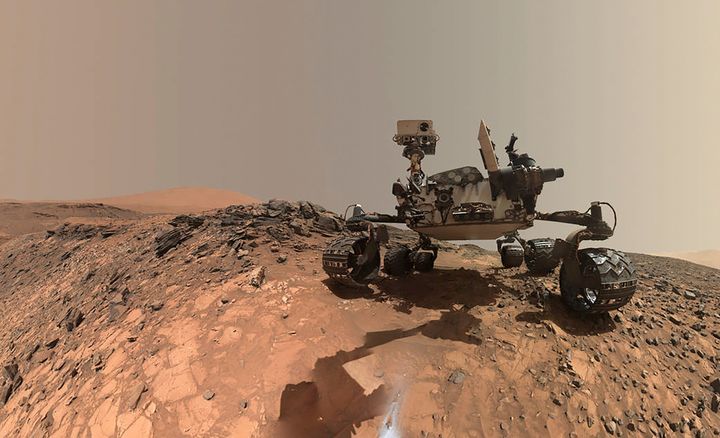
Now that might not sound very far considering but as the video above explains, there are some reasons why this is the case.
For starters, Curiosity is huge. It might not look big in the selfies but it weighs roughly a ton and is about the size of a small car.
That’s a lot of bulk to be carrying around the red planet, especially when the only power you have to move you forward is a battery.
Then there’s the terrain. Even in those short 10 miles it has been far from plain-sailing for the intrepid rover and even by travelling at 1/10th a mile every hour the rover has taken a significant beating.
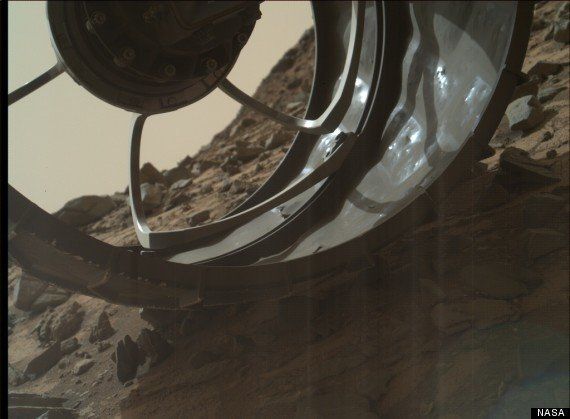
Despite having titanium legs, the wheels themselves are made out of aluminium and have, over the years, started to show some wear and tear.
Thankfully NASA’s engineers are confident that Curiosity will still be able to finish its mission.
Finally there’s the simple fact that Curiosity doesn’t need to travel that far to accomplish its mission. When it was first sent to the red planet it had a specific set of objectives that were designed for a low-distance mission.
Perhaps in the future when NASA or SpaceX decide to send further spacecraft to Mars we will have developed more advanced drones that can travel further, at higher speeds and for longer.
So while Curiosity may be no hare, the simple fact is that in those short four miles this plucky robot has learned more about Mars in four years than we had in the previous 40.
As they say, slow and steady wins the race.
Stunning Astronomy Photographs From 2016


